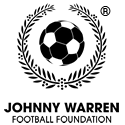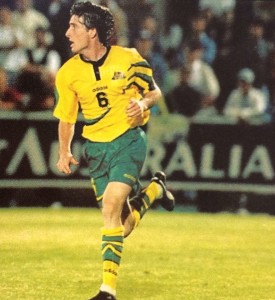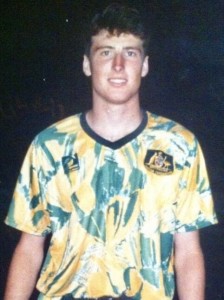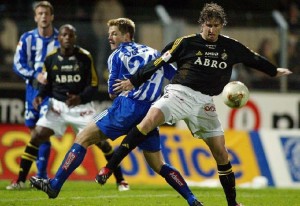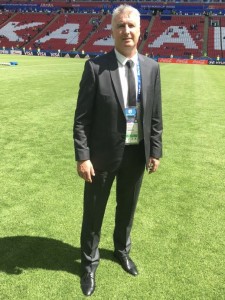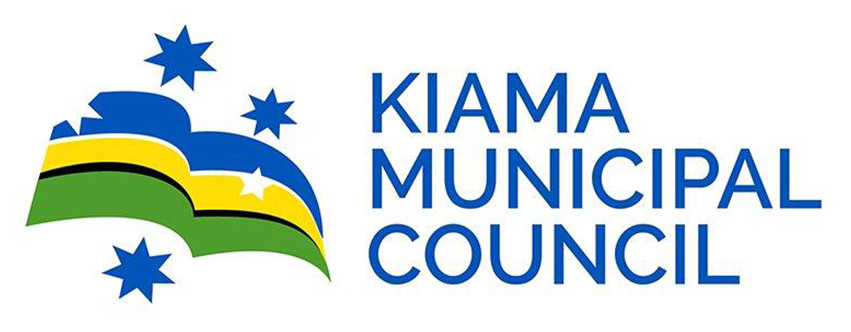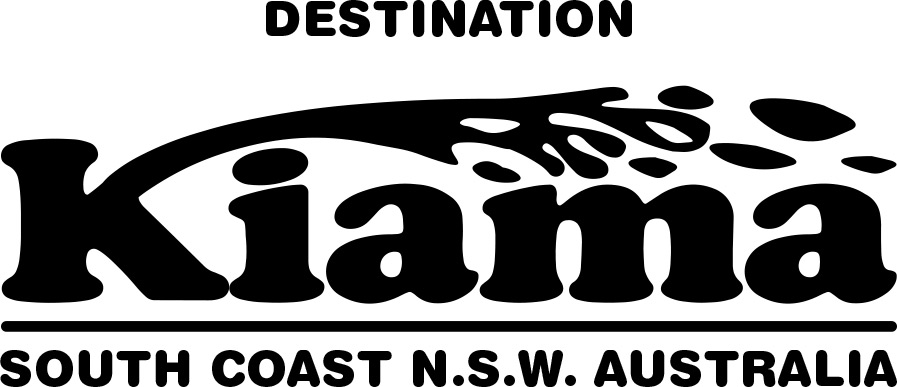Before the appointment of former Socceroo, Luke Casserly, as Head of National Performance in 2013, the FFA had employed people to occupy this role who had no football background, let alone any high level playing achievements.
For the last five years, Casserly has patiently added a new dimension to this critical role so that all national teams are working under a uniform professional program.
Casserly admits there are still improvements to be implemented in the system but with his extensive local and overseas playing background and corporate management experience, this vital role in Australian football is in the right hands.
In this interview with Roger Sleeman, Luke Casserly talks about his role, youth development, the national team and the appointment of Graham Arnold as Socceroo coach.
ROGER SLEEMAN
Can you outline your role as Head of National Performance?
LUKE CASSERLY
I manage all ten national team programs including the employment and contracting of all staff which involves a responsibility for seventy people.
Also, I report to the CEO and the Board on all aspects of the program with critical analysis in the budgeting area and logistical and security planning for all teams.
Travel is expensive so it’s a large budget to manage and I work very closely with coaching and sports science staff to ensure we’re at the cutting edge of technology with our software, particularly in the sports science field.
Twenty reports come directly to me from coaches, the medical team Head, team managers, physios, sports scientists and analysts.
R.S.
When you commenced your job, five years ago, what were your main observations, and what did you implement to improve those areas?
L.C.
Some areas were in place ad hoc and others were non-existent.
The biggest gaps were in the services provided around the teams.
For example, the Head of Sports Science position had been removed, no chefs travelled with the teams which is a key component of success because nutrition is vital in some countries where hygiene isn’t up to scratch and players can easily succumb to minor illnesses.
Also, there was video analysis for some teams and not for others so we pooled all resources with the use of dedicated staff which allowed all information to be stored and easy accessible for all staff across the teams.
Furthermore, there was not a clear national team playing style because the curriculum hadn’t been applied effectively to allow a similar playing style coupled with sports science and analysis.
Now the progression is in process there is a clear alignment from the Joeys to the senior team.
R.S.
At present, quality young players in the 17-19 year old group aren’t coming through the system.
Even Graham Arnold was unable to unearth any players in the u/21age group at Sydney F.C.
What is the problem?
L.C.
I played 1st grade for Marconi in the NSL at the age of 17 because there were more opportunities available.
Producing players isn’t the issue and in that context, Arnold was in Canberra five weeks ago to watch the Joeys in training and he was blown away with the performance of the players.
In the NSL Youth League there were up to 16 teams split into two divisions and 14 teams in the NSL senior competition.
With only nine Australian teams in the A-League and only ten teams in the NYL, opportunities are 50% less.
Nevertheless, quality players like Arzani, Italiano and Champness have emerged through the cracks.
Significantly, our biggest weakness is the lack of central strikers which is evidenced by most A-League teams selecting foreign players in the number 9 role.
R.S.
When Graham Arnold was appointed as Socceroo coach he stated, “The Kids are coming”.
Your thoughts on those words?
L.C.
It was a recognition the talent is there and if we can provide opportunity and improve our League structures for youth players to play senior football, things will change.
However, we also need more resources and national team programs for young players to play more international matches.
R.S.
Countries like Japan, Vietnam, Thailand and South Korea are investing large amounts of money in youth development.
Why aren’t we increasing our commitment?
L.C.
In Asia, the large corporates and governments invest vast amounts into sport.
We do get some support from government and in the area of high performance, the Australian Sports Commission does assist the cause but the funding doesn’t compare to the Asian countries.
Our presence at youth level in Asia is vital but our preparation is sometimes limited which was illustrated in last year’s U/17 tournament in Vietnam when the Joeys lost to Thailand and Vietnam after we had our first training camp before the matches.
Those countries had each played twenty five matches in the previous eighteen months.
Six weeks later, after our team had time together, we beat Vietnam 3-1 which proved longer preparation as a team is crucial.
R.S.
How do you rate the technical ability of our young players?
L.C.
When I’m not away with the national teams, I regularly watch u/13 and 14’s and compared to players of my day, the technique, understanding and game awareness of the current players is better.
R.S.
What is your opinion of the closing down of the AIS, Centres of Excellence and State Academies in favour of the A-League and NPL academies?
Furthermore, do the NPL clubs have the financial resources to produce a production line of players?
L.C.
The AIS was a fantastic program and had a big impact on the game.
During the NSL days, none of the clubs had a full time development program and the AIS was the only body which prepared players for a life in professional football and a move to overseas clubs.
Up to two years ago, anyone who was offered a scholarship in the AIS program accepted immediately but in the most recent intake, only nine players were admitted.
It would appear players are now content to stay in their own A-League environment and the landscape has certainly shifted with nine mini AIS’s .
In this situation, the A-League clubs will want to retain their players and importantly, if the program is audited and delivered to a certain level, the benefits will eventually be reaped.
Undoubtedly, the NPL clubs have their challenges with financing development but they can clearly see the benefits of producing their own quality players.
R.S.
Would you agree there aren’t enough former players coming through the coaching ranks due to the cost of $10,000 for the Pro Diploma, while countries like Japan cover the costs of two year intensive coaching courses?
L.C.
The Japanese F.A. has financial clout but getting a coaching badge is like a university degree and not handed out for free.
In an ideal world there would be no cost for the Pro Diploma or for any elite pro level and in all age groups qualified coaches with a strong professional playing background, but at the moment in Australia it’s not possible.
However, if there were more jobs available to coach at a higher level, former players would happily invest in themselves to create a pathway in fulltime professional football.
R.S.
The game isn’t able to provide enough resources for coach education and developing players, so how could the reported $300,000 payments to the last Socceroo World Cup squad players be justified?
L.C.
The Socceroos are renumerated according to the agreement negotiated with the PFA and the collective bargaining agreement in place and as a former player, I can say you’re playing career is short so you have to maximise your potential financial returns.
Also, the Socceroo brand does generate significant revenue streams so it’s not all one way traffic.
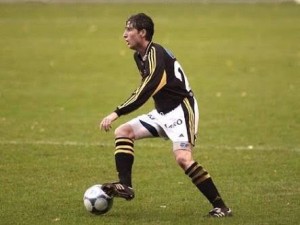
Luke Casserly looking for an option to pass while playing for AIK Stockholm in the 2000 season of the Swedish First Division
R.S.
What were your impressions of our World Cup performance in Russia, and particularly the appointment of Bert van Marwijk on a short term contract?
L.C.
I drove the process and with the input of Stan Lazaridis, Mark Schwarzer and Mark Bresciano, we decided that a long term appointment was required after the World Cup but somebody had to be employed who had the necessary credentials to prepare the squad in the short time up to June.
Van Marwijk ticked all the boxes due to his success in 2010 with Holland and his great knowledge of our squad from his stint with Saudi Arabia.
In Russia our performance against France was very good and against Denmark we played through the lines in the second half, played out wide and had a lot of chances we just couldn’t convert.
Our first half performance in the Peru match was excellent but we lost our shape in the second half.
Certainly, we need to improve and to achieve better results which will be the major challenge for Graham Arnold.
R.S.
Will you be working closely with Graham Arnold in the national team setup, and if so what will he expect from you?
L.C.
I ensure the coaches, staff and the playing group are provided with everything they need to be successful and I will work closely with Arnold as I do with Alan Stajic from the Matildas.
Significantly, the appointment of Renee Meulensteen, Sir Alex Ferguson’s former right hand man at Manchester United as Arnold’s assistant is a major coup and to work with a man with such vast experience will be a great pleasure for me.
I first met him when the Socceroos played Colombia before the World Cup in March and as well as being Ferguson’s assistant, he headed up the Academy at Old Trafford for five years with great success.
Obviously, he has a great ability in identifying talent which is a key factor in developing new players.
Significantly, he has a great belief and understanding with Arnold from their previous experiences in Holland which augurs well for our Asian Cup defence.
